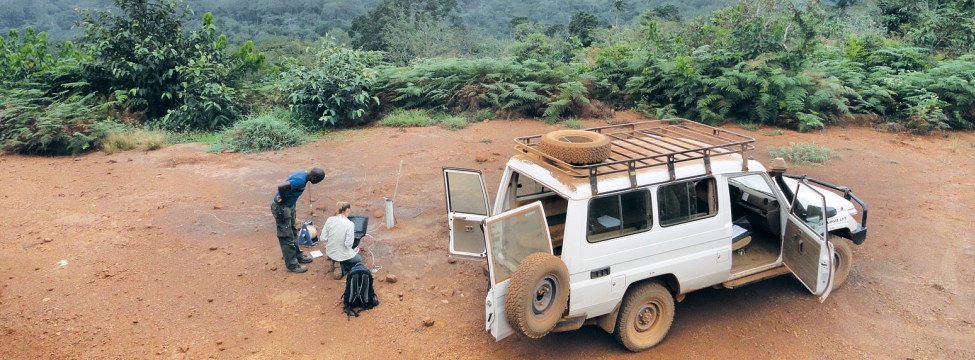The requirement to conduct a mine water assessment in the exploration to early feasibility stage usually has a dual purpose: focusing on initial engineering assessments (dewatering, mine stability, water supply, overall water balance) and on environmental and social aspects, typically in the form of an ESIA baseline study.
To meet these requirements it is often necessary to establish a common program of work, which involves developing an initial conceptual hydrogeological model (CHM), initiating a seasonal baseline water monitoring and sampling network, and implementing a preliminary hydrogeological testing program. Adopting a common work program to meet all objectives early in project development helps integrate and streamline the entire water assessment, so the findings can be assessed holistically. In other words, it saves on cost and time.
SRK Consulting has successfully developed this integrated approach to mine water assessment for many projects, a number of which have been located in the Congo basin and western Africa. This region is characterised by a tropical climate with contrasting dry season/wet season conditions, together with poor infrastructure, communication barriers, and widespread poverty and security issues, which are common to many parts of the continent. Adopting an integrated approach in this context provides huge benefits.
In one typical example in Congo, the early hydrological characterisation of a remote iron ore project was maximised through using existing exploration borehole infrastructure wherever possible, training site staff to maintain monitoring and sampling programs, and using portable hydrological equipment to ease logistics and minimise transport-related delays. The program included:
• monitoring groundwater levels from an extensive exploration borehole infrastructure (modified to function as standpipes) to provide hydrographs and water table distribution
• monitoring seasonal spring flows by constructing simple V-notch weirs
• sampling groundwater quality from springs and selected boreholes
• airlift testing rotary drill holes to provide groundwater yield data and identify broad aquifer characteristics
• downhole spinner testing to assess fracture permeability
At another iron ore project, this time in Sierra Leone, a portable, generator-powered submersible pump was used to carry out preliminary pumping tests in exploration holes at the pre-feasibility stage. The density of the exploration boreholes was such that drawdown responses in adjacent holes were detected, providing valuable data on groundwater characteristics and properties, which were subsequently used to predict early pit inflow rates.
In conclusion, evaluating the hydrogeological environment early in an exploration or project development program can provide invaluable information with significant cost benefits.

